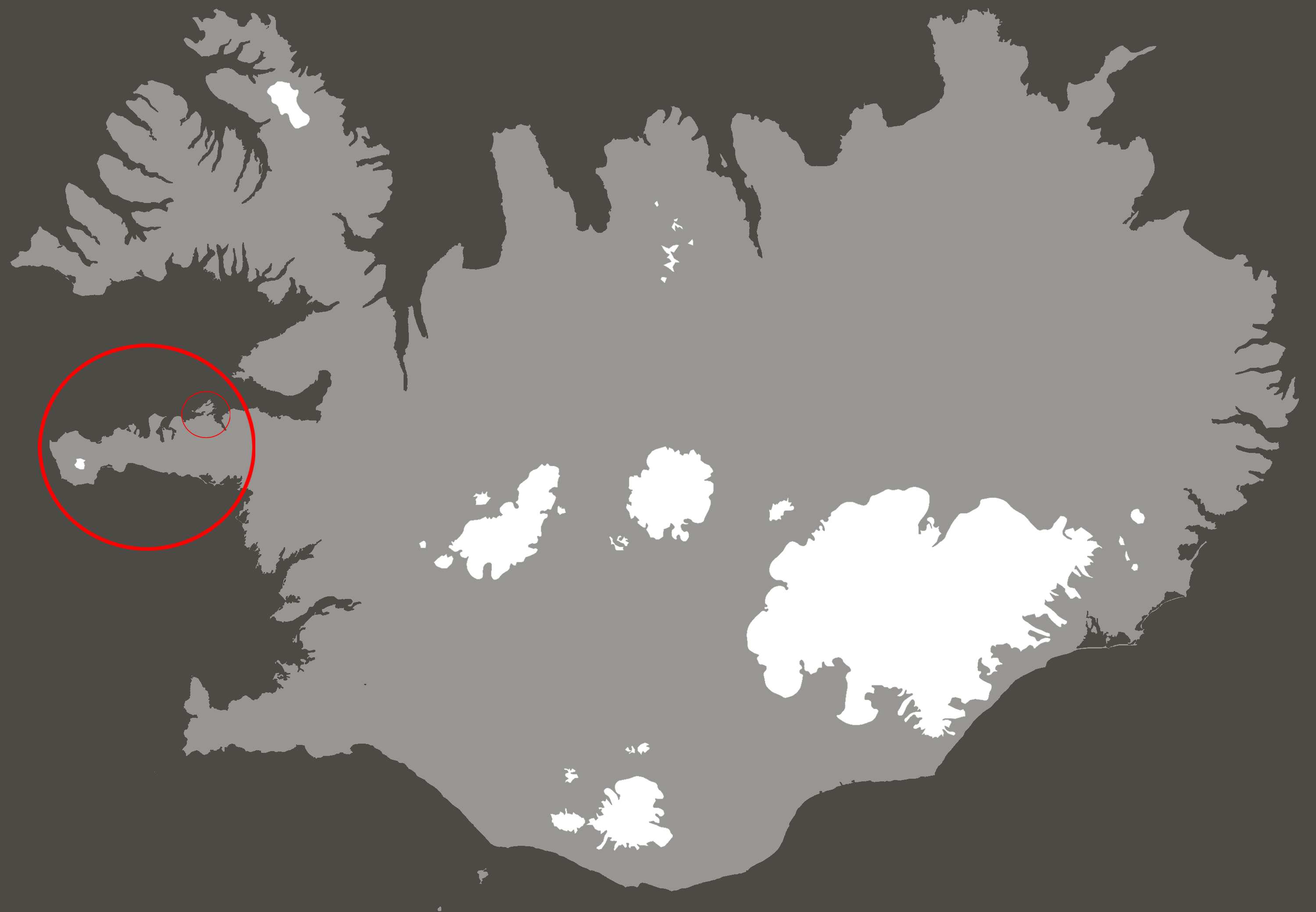
The Snæfellsnes Peninsula, often called “Iceland in Miniature,” lies on Iceland’s west coast and offers an impressive variety of landscapes and natural wonders. The peninsula is known for its rugged coastlines, picturesque fishing villages, deep blue fjords, and the majestic Snæfellsjökull glacier.
The peninsula is a paradise for nature lovers and adventurers. From whales in nearby waters to the northern lights dancing on clear winter nights, Snæfellsnes provides spectacular experiences. The region combines Iceland’s natural wonders in a compact and easily accessible form, offering a perfect glimpse into the country’s rugged beauty.

The Eyrbyggja Saga is a 13th-century Icelandic saga that depicts the lives and conflicts of settlers on the Snæfellsnes Peninsula in the 10th and 11th centuries. It centers on family feuds and alliances among clans, particularly around chieftain Snorri Godi, a shrewd and strategic leader. The saga portrays rivalries, power struggles, and bloody confrontations, while also illustrating daily challenges and religious changes as Christianity came to Iceland.
Supernatural elements like ghosts and cursed places play a notable role, highlighting the settlers’ close connection to myths and folklore. *Eyrbyggja Saga* provides valuable insights into the social structure and legal practices of medieval Iceland and remains an essential source for understanding Icelandic culture and history.
In chapter 45 of Eyrbyggja Saga, a battle at Vigrafjörður is described as a dramatic and intense confrontation. The skirmish begins at the boat shed on Vigra Beach and moves to the fjord’s icy cliffs, making the fight particularly dangerous and brutal. The battle on the cliffs illustrates the significance of honor, courage, and tragic vengeance in the Icelandic saga tradition. To this day, the foundations of Gruflunaust can be seen between the properties at Vigra Beach 11 and 13, protected as a heritage site and open to the public.
“Under the Glacier” (original title: *Kristnihald undir Jökli*) by Halldór Laxness is a surreal novel about a young bishop’s envoy sent to a remote village beneath the Snæfellsjökull glacier. There, he encounters a variety of peculiar locals, including Jón Primus, an unconventional priest who neglects the church and promotes esoteric practices. The novel humorously and critically reflects on faith, religion, and the nature of human existence in Iceland’s isolated landscape. Laxness won the Nobel Prize for Literature in 1955, establishing Iceland as the country with the highest Nobel Laureate density.
Stykkishólmur, a picturesque small town on Iceland’s west coast, located on the Snæfellsnes Peninsula, captivates visitors with its setting by the Breiðafjörður, dotted with numerous small islands. The charming town is known for its colorful houses and vibrant harbor, which historically played a vital role in fishing and trade. Since the 16th century, Stykkishólmur has been an important trading hub, reflected in its architecture and atmosphere. The striking Stykkishólmskirkja church, perched on a hill overlooking the town, offers stunning views of the fjord landscape. Today, Stykkishólmur blends tradition and modernity, serving as a popular gateway for natural and cultural explorations.
Here are some points of interest on Snæfellsnes